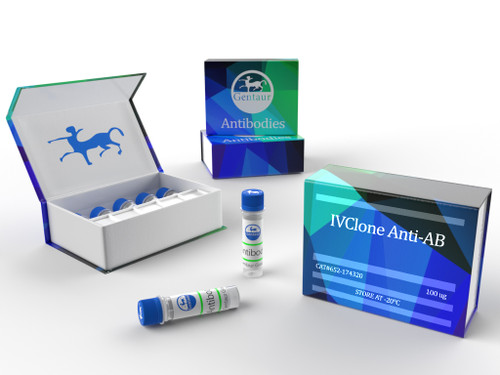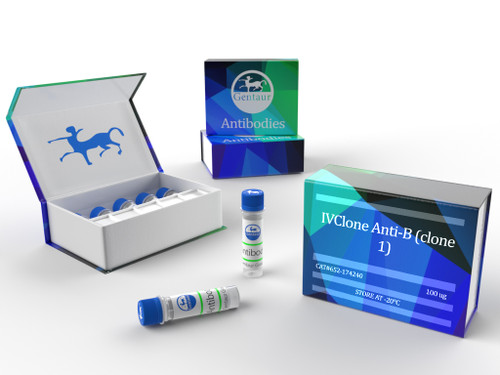IVClone Anti-AB
This antibody reacts with collagen IV and does not cross-react with other collagen types. It does not cross-react with human vitronectin, fibronectin or chondroitin sulfate A, B, or C. Collagen IV is present in the basal lamina and does not form fibrils or fibers. The positive or negative demonstration of basal lamina using immunostaining helps to distinguish some types of benign lesions from malignant tumors such as tubular carcinoma of the breast.
Schwannomas and leiomyomas and their well differentiated malignant counterparts usually immunoreact in a characteristic fashion to the monoclonal antibody for type IV Collagen. The vascular nature of neoplasms such as hemangiopericytoma and epithelioid hemangio-endothelioma can be revealed by type IV Collagen with more reliability than other non-specific stains.







